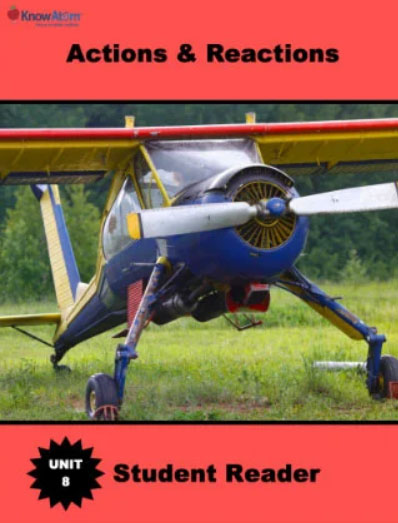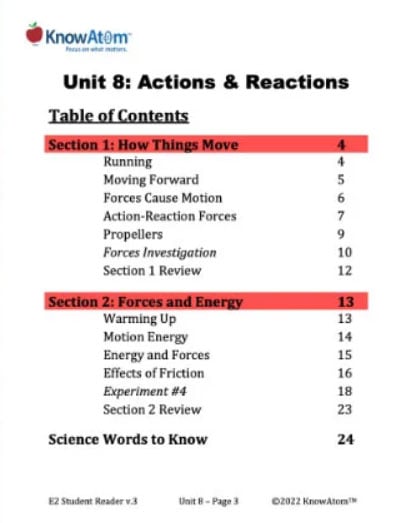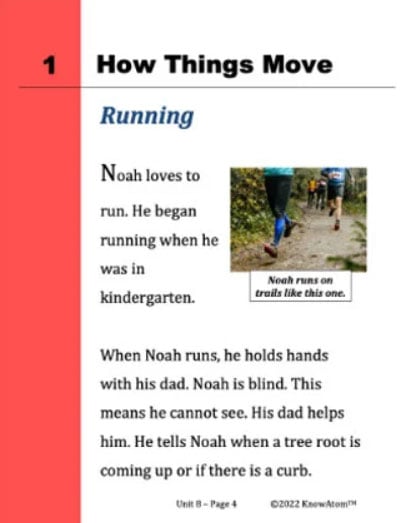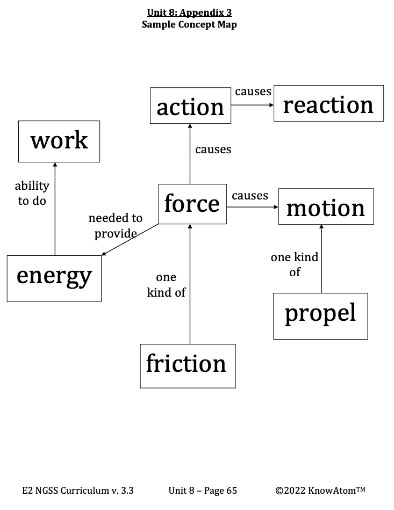Students build on their knowledge of forces and motion in this lesson with an investigation into how friction affects an object’s motion. They carry out an experiment to test how smooth and rough surfaces affect the distance a propeller car moves after rolling over each surface.








